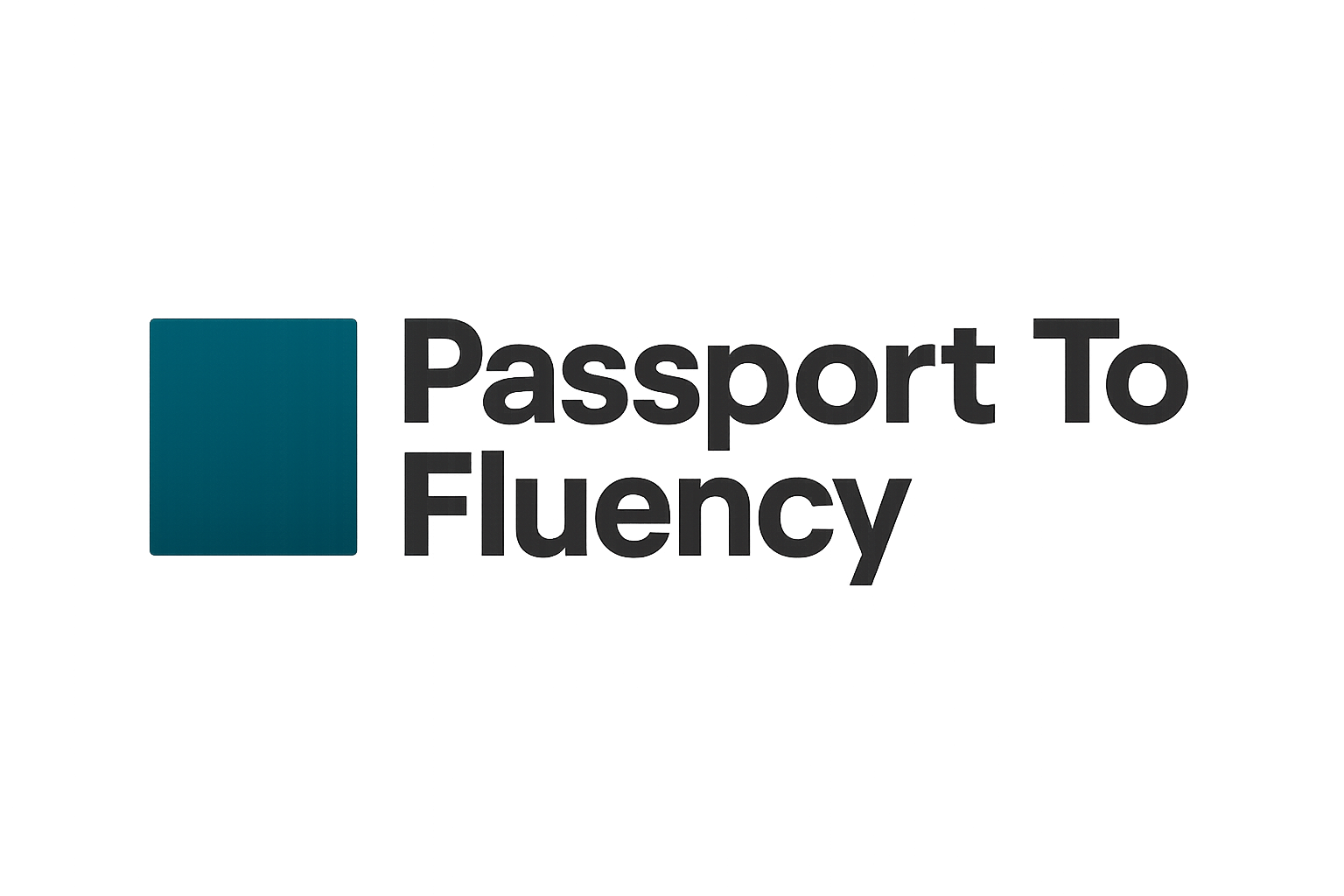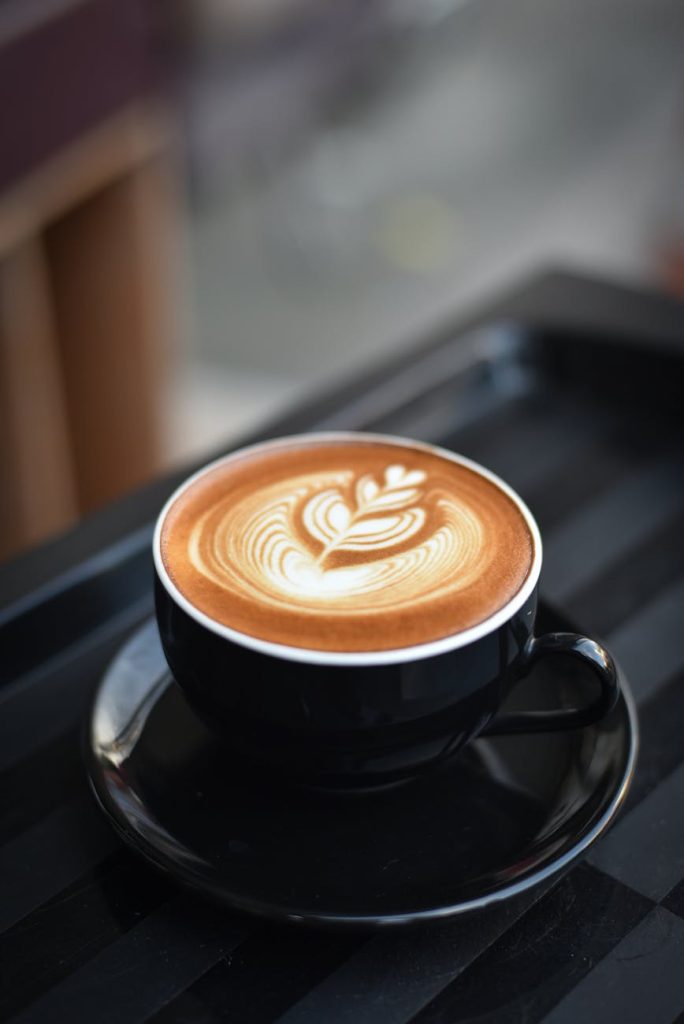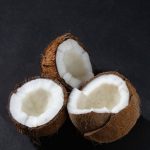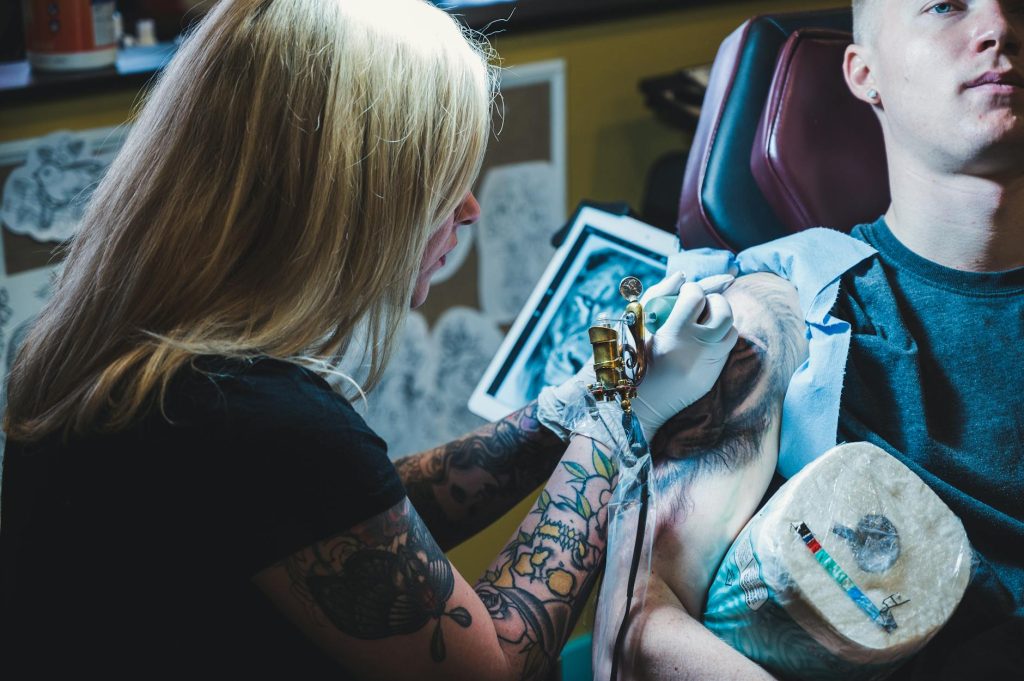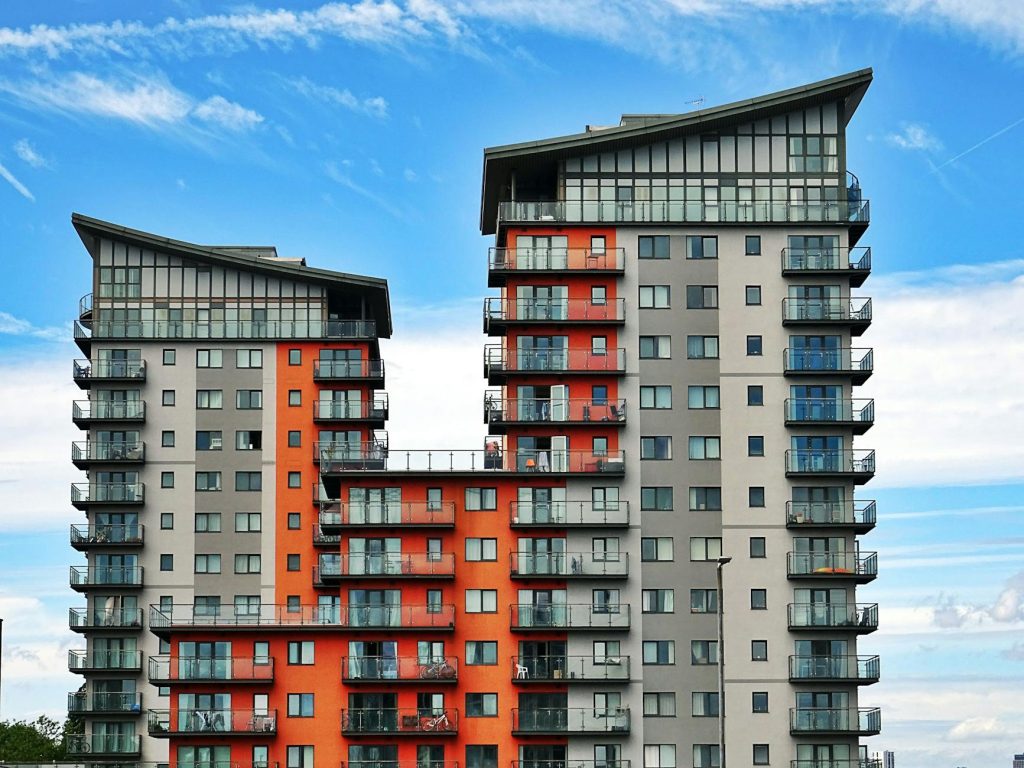Why Coffee Spanish Matters More Than Classroom Spanish
You can conjugate ser and estar flawlessly, yet the first time you step up to a jam‑packed bar in Barcelona at 8:00 a.m., you realize textbook Spanish forgot the vocabulary that actually gets you caffeinated. Locals rattle off orders like auctioneers—“Un cortado, leche templada, poca espuma, para llevar.” The barista nods once, slams portafilters, and your tourist brain stalls. Coffee in the Spanish‑speaking world isn’t just a beverage; it is choreography, compressed into seconds. This post slows the dance, breaks down the lingo, and slips English translations beneath each phrase so you can sip instead of stumble.
The Golden Greeting—Set the Tone Before You Order
Every order begins with a salutation. Skipping it marks you as brusque.
Spanish: Buenos días, ¿me haces un café, por favor?
English: Good morning, could you make me a coffee, please?
Use me haces (make me) in Spain, me regalas (gift me) in Mexico and Colombia, or the Dominican dame (give me) when the vibe is casual. The greeting buys goodwill even in the morning rush.
Core Vocabulary: Names of Coffees You Will Hear Across Spain and Latin America
| Spanish Order | Literal Breakdown | English Approximation |
|---|---|---|
| Café solo | solo = alone | Single espresso |
| Doble | double | Double shot espresso |
| Café con leche | coffee with milk | Half espresso, half steamed milk |
| Cortado | cut | Espresso “cut” with a dash of milk |
| Americano | — | Espresso diluted with hot water |
| Largo | long | Espresso pulled long, more volume, slightly bitter |
| Café bombón | sweet treat | Espresso layered with condensed milk (Spain) |
| Café de olla | pot coffee | Cinnamon‑spiced filtered coffee (Mexico) |
| Tinto | dyed | Black drip coffee (Colombia) |
| Colado / colao’ | strained | Strong filtered coffee (Dominican Republic, Puerto Rico) |
Keep these names ready like currencies; they change by region. Ask locals what dominates—espresso culture in Spain, filtered in Latin America.
Milk Matters: Temperatures, Types, and Texture
Baristas often ask “¿Leche fría o caliente?”—cold or hot? In Spain, ordering leche templada (lukewarm milk) shows insider knowledge; some cafés pre‑heat it to lava. Alternative milks exist but require clarity.
Spanish: Con leche de avena, sin espuma, por favor.
English: With oat milk, no foam, please.
Foam level can be con espuma (with foam), sin espuma (no foam), or poca espuma (light foam). If you want dry foam like a cappuccino, say espuma seca.
Sweeteners and Spice Rack
Sugar = azúcar, but specify white (azúcar blanca) or brown (azúcar morena). Want it pre‑mixed? Ask:
Spanish: ¿Me lo puede servir ya azucarado?
English: Can you serve it already sweetened?
Cinnamon = canela. In Mexico, you might request:
Un café de olla, con piloncillo extra y poca canela.
(Pot coffee with extra raw sugar and little cinnamon.)
Cup Size, To‑Stay vs. To‑Go
European cafés default to table service. To get a takeaway cup, add para llevar.
Un americano grande para llevar, gracias.
(A large Americano to go, thanks.)
In Latin America, sizes mimic U.S.‑style small/medium/large, but Spanish adjectives matter: pequeño, mediano, grande. If unsure, show with fingers and smile; baristas read sign language fluently.
The Lightning Order at a Spanish Bar
Picture Madrid, 7:45 a.m. Locals elbow through the door, plant elbows on zinc counters. Each customer fires a shorthand code:
“Solo corto, en vaso de cristal.”—A short espresso in a glass cup.
“Cortado descafeinado de máquina, para tomar aquí.”—Cortado, decaf from espresso machine, for here.
“Con leche fría, pero poco.”—Mostly coffee, splash of cold milk.
Note descafeinado de sobre (decaf packet) vs. descafeinado de máquina (decaf beans through espresso machine). Specify to avoid instant powder.
Dialogue: Ordering Like a Madrileño
You: Buenos días. Un cortado, leche templada, sin espuma, en vaso, por favor.
(Good morning. A cortado, lukewarm milk, no foam, in a glass, please.)
Barista: ¿Azúcar?
(Sugar?)
You: No, gracias. Solo canela.
(No, thanks. Just cinnamon.)
The entire exchange lasts eight seconds. Practice in a mirror without inhaling.
Dialogue: Dominican Colmado Counter
You: Saludos, mi hermano. Dame un café colao’, cargado, con un chin de azúcar.
(Hey brother. Give me a filtered coffee, strong, with a dash of sugar.)
Vendor: ¿Lo quiere en vasito de foam o en jarrito?
(Foam cup or small mug?)
You: En jarrito, está bien.
(Mug is fine.)
Island vibe is slower; small talk follows. Complimenting the brew—“Está fuerte, como me gusta.”—wins extra goodwill.
Coffee Etiquette Across Regions
Spain
- Pay after consuming unless sign says pago por adelantado.
- Stand at the bar if you want quick service and lower price; terrace tables cost extra.
- Tipping is round‑up coins, not a percentage.
Mexico
- Chain cafés expect you to pay first.
- Baristas call your name; pronounce it Spanish style: He‑mes for James.
- Quiet cafés double as workspaces—buy something every two hours.
Colombia
- Street vendors selling tinto carry thermos jugs; greet with “¿A cómo el tintico?” (How much for a little tinto?).
- Locals drink coffee sweet; specify sin azúcar if you prefer none.
Argentina
- Waiters deliver un vaso de soda with espresso—complimentary sparkling water.
- Linger as long as you like; table culture encourages conversation.
Troubleshooting Orders
Not Hot Enough
¿Podría calentarme un poco más la leche?
(Could you heat the milk a little more?)
Too Bitter
¿Tiene azúcar morena o edulcorante?
(Do you have brown sugar or sweetener?)
Want Decaf
¿El descafeinado es de sobre o de máquina?
(Is the decaf instant or from the machine?)
If only instant available and you dislike it, opt for half‑caffeine:
“Mezcle un café normal con uno descafeinado, por favor.”
Paying and Parting Words
When you hand cash, say:
¿Cuánto es?—How much is it?
Barista: Un euro veinte.
Aquí tiene. Quédese con el cambio.—Here you go. Keep the change.
Exiting a Spanish bar, toss gracias, hasta luego. In Latin America, a warm ¡Buen día! suffices.
Building Fluency: Ritual Over Rote
I learned coffee Spanish by writing each new phrase on my receipt and testing it next day. Over weeks, solo corto replaced “small espresso,” poca espuma supplanted “light foam,” and my mornings sped up exponentially. Fluency grew less from memorization and more from ritual: same bar, same barista, incremental tweaks.
Try it. Pick a neighborhood café, order boldly, tweak politely, and listen. Soon the barista will anticipate your order, sliding the cup across before you finish speaking—a sign you have graduated from tourist to local in the language of caffeine.
Que disfrutes tu café y tu español despierte tanto como la cafeína.
